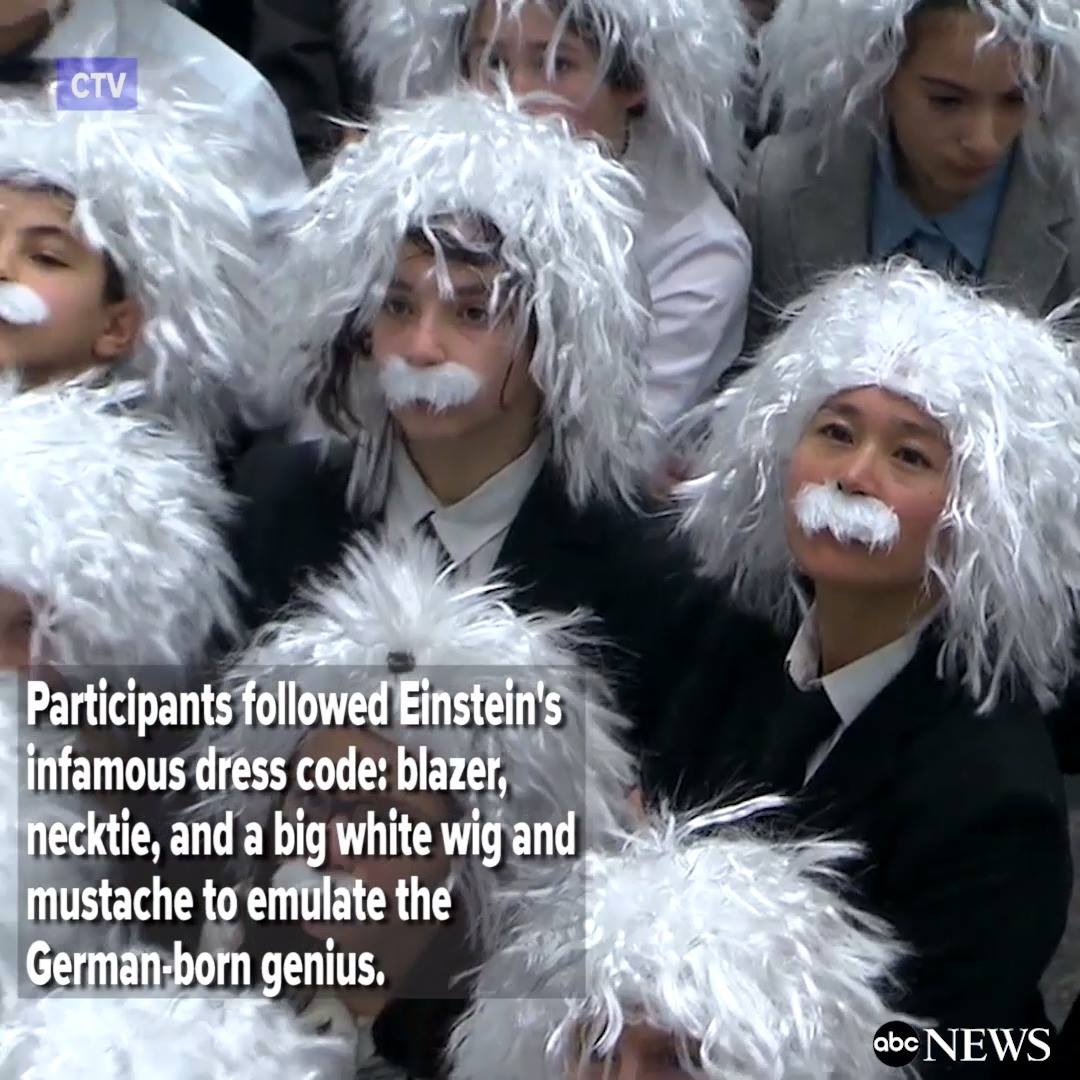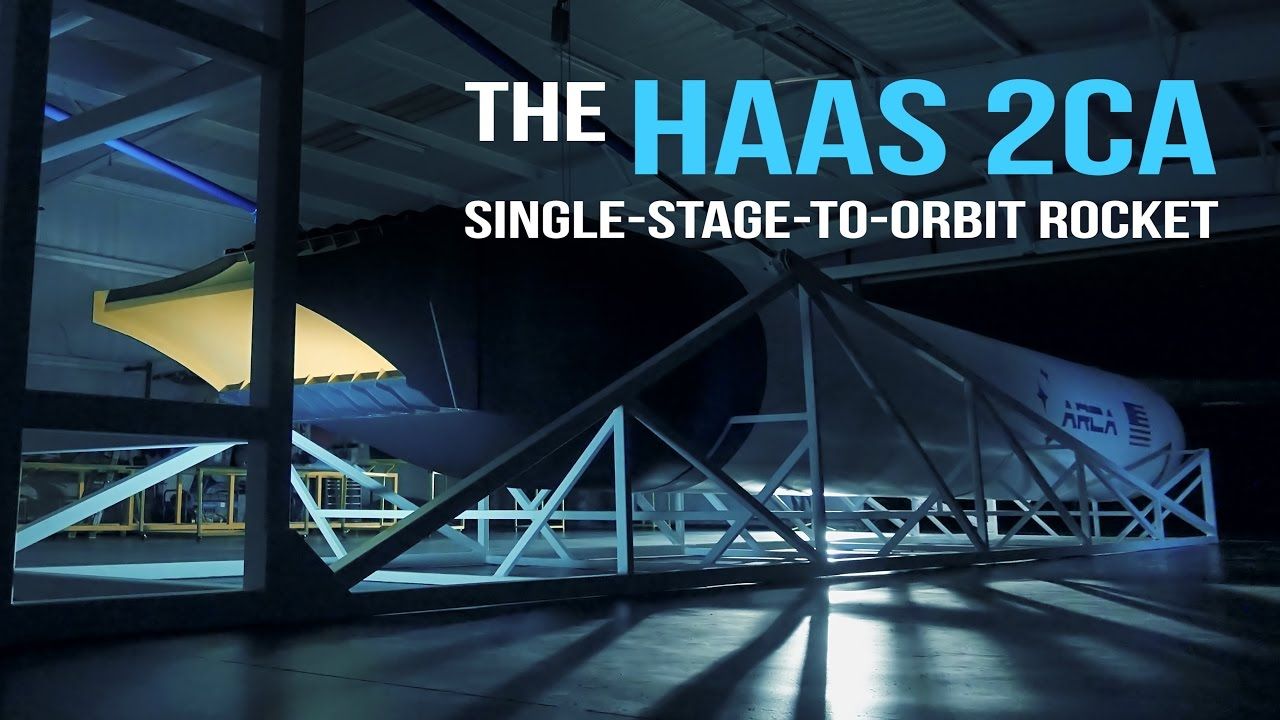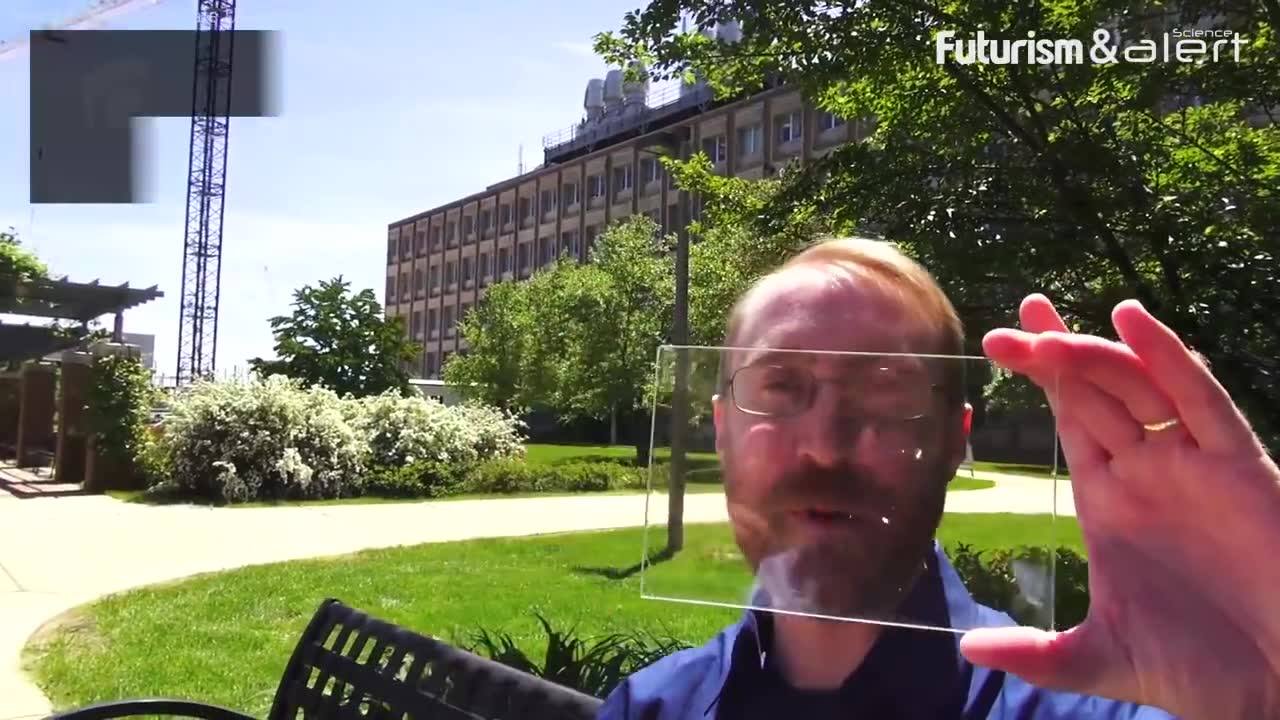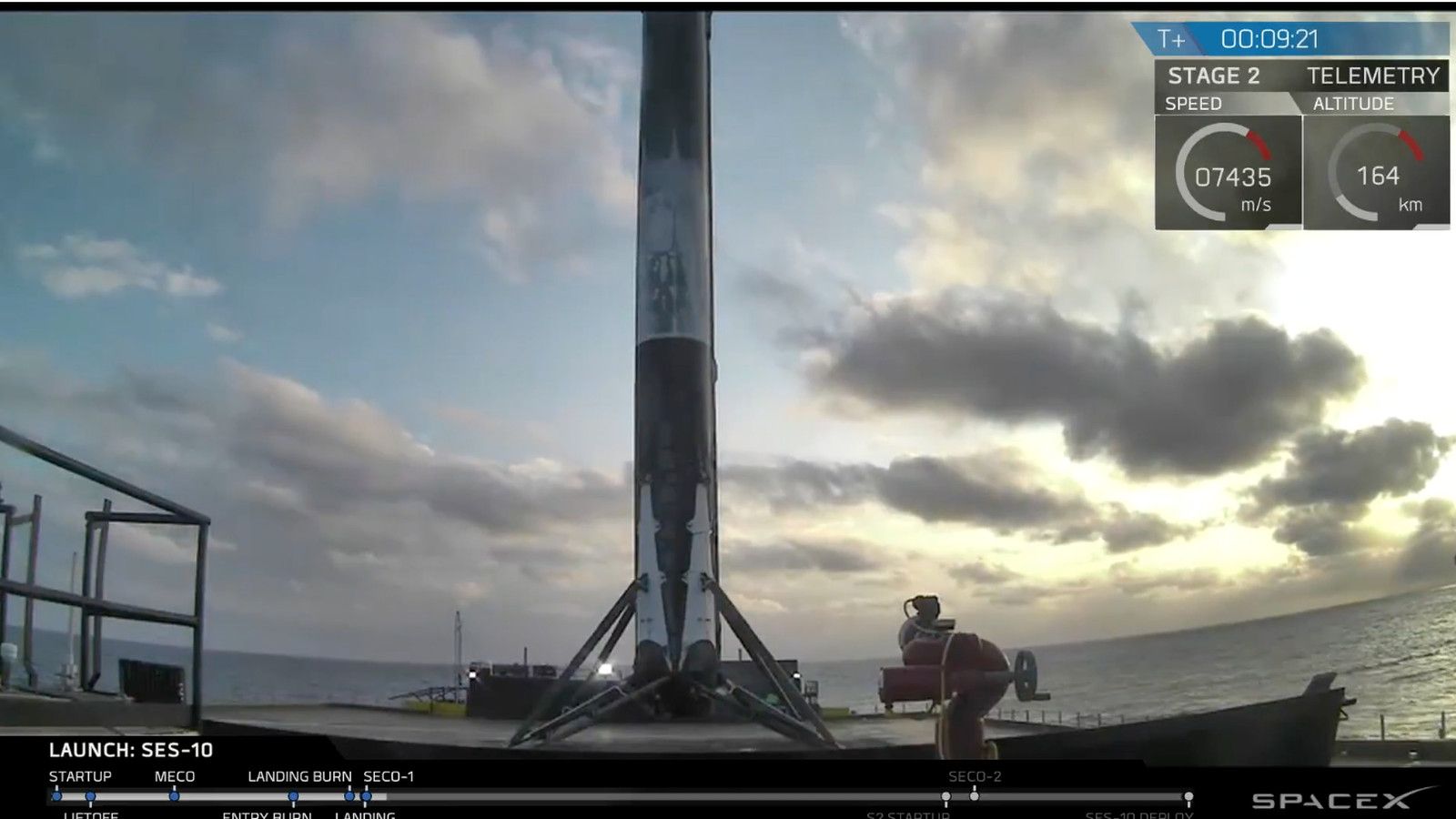Page 10775
Mar 31, 2017
Self-driving tractors could revolutionize agriculture
Posted by Shailesh Prasad in categories: food, robotics/AI, transportation
Mar 31, 2017
Synesthesia Is The Odd Condition Of Tasting Music, Hearing Colors, Or Seeing Flavors
Posted by Shailesh Prasad in category: media & arts
For most of us, listening to music, reading a good book, or talking to a friend on the phone are all great ways to wind down. But for someone with synesthesia, activities like those take on another dimension. Synesthetes, as they’re called, experience a blending of two or more senses so that music may have flavor, words may show up in imaginary colors, or voices may elicit different tactile sensations. Scientists don’t yet understand the root causes of this real-life superpower, but what they’re discovering so far is exciting.
Related: What Is ASMR, And Why Does It Make You Tingle?
Mar 31, 2017
More than 400 people dressed as Albert Einstein gather in downtown Toronto to set a new world record for “largest gathering of Albert Einstein lookalikes.” abcnews
Posted by Shailesh Prasad in category: futurism

More than 400 people dressed as Albert Einstein gather in downtown Toronto to set a new world record for “largest gathering of Albert Einstein lookalikes.” abcnews.com
Mar 31, 2017
System allocates data center bandwidth more fairly, so no part of a webpage lags behind others
Posted by Shailesh Prasad in categories: computing, habitats
A webpage today is often the sum of many different components. A user’s home page on a social-networking site, for instance, might display the latest posts from the users’ friends; the associated images, links, and comments; notifications of pending messages and comments on the user’s own posts; a list of events; a list of topics currently driving online discussions; a list of games, some of which are flagged to indicate that it’s the user’s turn; and of course the all-important ads, which the site depends on for revenues.
With increasing frequency, each of those components is handled by a different program running on a different server in the website’s data center. That reduces processing time, but it exacerbates another problem: the equitable allocation of network bandwidth among programs.
Many websites aggregate all of a page’s components before shipping them to the user. So if just one program has been allocated too little bandwidth on the data center network, the rest of the page—and the user—could be stuck waiting for its component.
Mar 31, 2017
SpaceX makes aerospace history with successful launch and landing of a used rocket
Posted by Shailesh Prasad in categories: drones, Elon Musk, satellites
After more than two years of landing its rockets after launch, SpaceX finally sent one of its used Falcon 9s back into space. The rocket took off from Cape Canaveral, Florida, this evening, sending a communications satellite into orbit, and then landed on one of SpaceX’s drone ships floating in the Atlantic Ocean. It was round two for this particular rocket, which already launched and landed during a mission in April of last year. But the Falcon 9’s relaunch marks the first time an orbital rocket has launched to space for a second time.
SpaceX CEO Elon Musk appeared on the company’s live stream shortly after the landing and spoke about the accomplishment. “It means you can fly and refly an orbital class booster, which is the most expensive part of the rocket. This is going to be, ultimately, a huge revolution in spaceflight,” he said.
Mar 31, 2017
Do ripples in space-time herald a new theory of gravity?
Posted by Shailesh Prasad in categories: cosmology, particle physics, quantum physics
Quantum gravity is a theoretical attempt to reconcile general relativity and the quantum field theories of particle physics. The theory holds that space and time are both quantized in a way that quantum field theory doesn’t account for. Attempts to find evidence in support of the theory have focused on the gravitational effects of black holes. Now, some are using the data collected by the Laser Interferometer Gravitational-Wave Observatory (LIGO) project that has now detected two instances of gravitational waves from the collision of black holes. And there are hints that the data has the evidence the researchers are looking for.
But Afshordi’s idea overthrows what physicists believed they knew about black holes. In Albert Einstein’s theory of general relativity, the event horizon of a black hole – the surface beyond which there is no escape – is insubstantial. Nothing special happens upon crossing it, just that there is no turning around later. If Afshordi is right, however, the inside of the black hole past the event horizon no longer exists. Instead, a Planck-length away from where the horizon would have been, quantum gravitational effects become large, and space-time fluctuations go wild. (The Planck length is a minuscule distance: about 10-35 metres, or 10-20 times the diameter of a proton.) It’s a complete break with relativity.
When he heard of the LIGO results, Afshordi realised that his so-far entirely theoretical idea could be observationally tested. If event horizons are different than expected, the gravitational-wave bursts from merging black holes should be different, too. Events picked up by LIGO should have echoes, a subtle but clear signal that would indicate a departure from standard physics. Such a discovery would be a breakthrough in the long search for a quantum theory of gravity. ‘If they confirm it, I should probably book a ticket to Stockholm,’ Afshordi said, laughing.
Continue reading “Do ripples in space-time herald a new theory of gravity?” »
Mar 31, 2017
Human Lungs Create Half Of The Body’s Blood Platelets
Posted by Shailesh Prasad in category: biotech/medical
Mar 31, 2017
How to avoid the adverse reactions of senolytics through better design
Posted by Montie Adkins in categories: biotech/medical, life extension
Another biomarker of senescent cells could be p16, a protein whose levels increase when cells stop dividing if old and also a protein whose gene is turned off in many human cancers.
Coming back to our topic – designing senolytics that avoid the apoptosis of young, healthy cells – the ideal senolytic should accomplish two things: –turn on p53 at increased levels to determine stubborn, senescent cells to commit suicide –do that on senescent cells only.
And in order to accomplish the second part, such a drug should be ‘programmed’ to only act on those cells where it recognizes senescence-associated biomarkers. There is no single biomarker today that stains positive or negative on all types of senescence cells, but increased levels of beta-galactosidase and p16 proteins could be a welcome start to identify old cells in vivo when designing such a drug.
Continue reading “How to avoid the adverse reactions of senolytics through better design” »
Mar 31, 2017
ARCA Unveils the World’s first Single-Stage-to-Orbit Rocket
Posted by Klaus Baldauf in categories: robotics/AI, satellites

Since the beginning of the Space Age, scientists have relied on multi-stage rockets in order to put spacecraft and payloads into orbit. The same technology has allowed for missions farther into space, sending robotic spacecraft to every planet in the Solar System, and astronauts to the Moon. But looking to the future, it is clear that new ideas will be needed in order to cut costs and expand launch services.
Hence why the ARCA Space Corporation has developed a concept for a single-stage-to-orbit (SSTO) rocket. It’s known as the Haas 2CA, the latest in a series of rockets being developed by the New Mexico-based aerospace company. If all goes as planned, this rocket will be the first SSTO rocket in history, meaning it will be able to place payloads and crew into Earth’s orbit relying on only one stage with one engine.
Continue reading “ARCA Unveils the World’s first Single-Stage-to-Orbit Rocket” »















